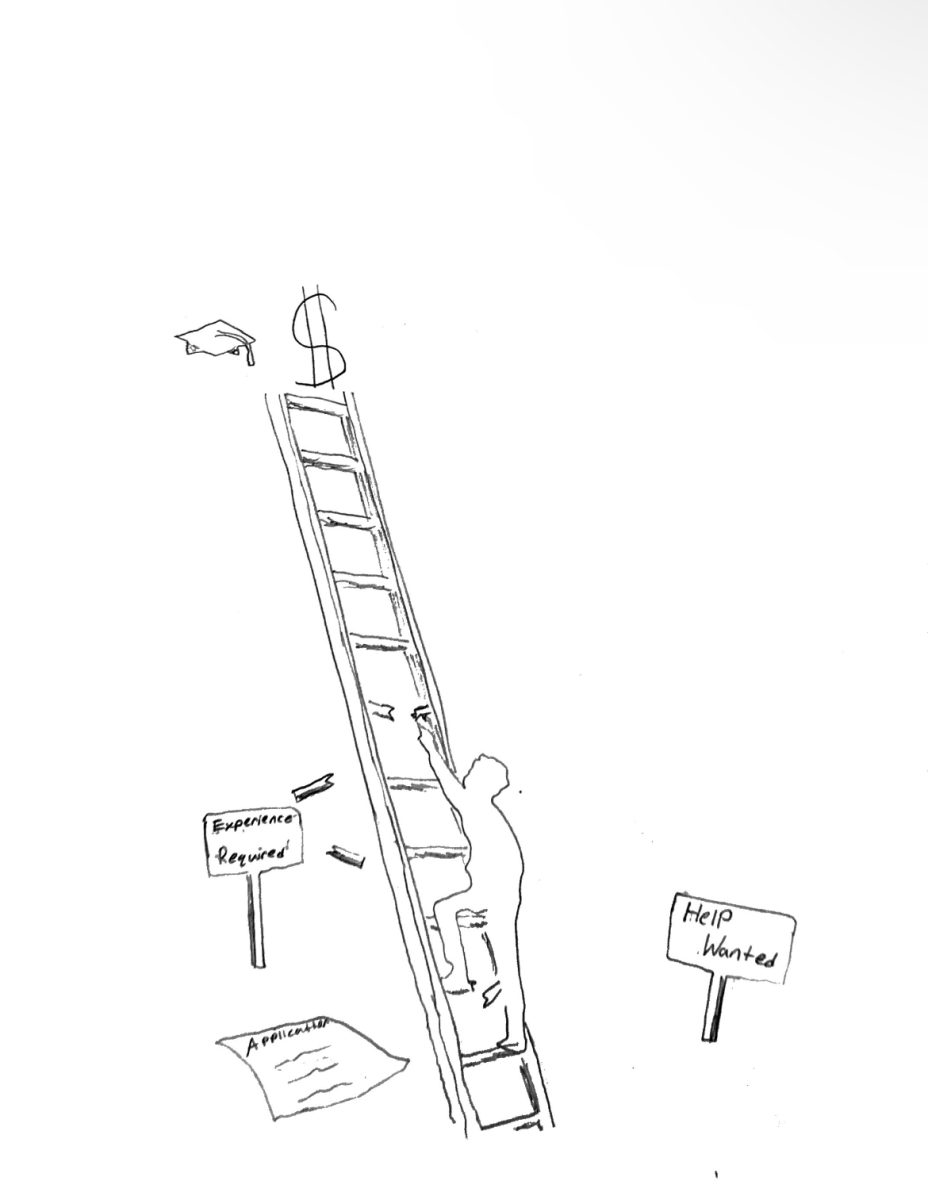
It’s no secret that the political atmosphere at Redwood is heavily liberal. Students assembled to protest on campus when Trump was elected president and every now and again, teachers express their left-leaning opinions in the classroom. I’ve noticed that in most classroom political discussions, almost all opinions voiced adhere to the liberal ideology and we are rarely caught in debates where non-liberal ideas are articulated by students who disagree with the dominant viewpoint. This would be less of an issue if those students didn’t exist; but they do. I have friends who supported Trump during the election and I have also heard my liberal friends judging a conservative student and dismissing her as a “Trump supporter,” which in our community is, in itself, a derogatory term. Admittedly, I too have caught myself drawing conclusions about people as soon as they say anything remotely non-liberal. We are allowed to have our own opinions and internal biases, but when this creates a hostile environment where other students don’t feel safe to communicate ideas that veer off the liberal spectrum at school or outside, it becomes a problem.
This anti-conservative culture is seen in the Bay Area as well as in Silicon Valley, and perhaps could help explain the similar environment which has emerged here at Redwood.
Over the summer, James Damore, a 28-year-old software engineer was fired from his job at Google after a controversial written memo of his went viral. The document, which was circulated within the company and widely regarded as sexist, misogynistic and anti-diversity, suggested that biological differences between men and women explain why women are underrepresented in the tech industry.
Damore (whose Twitter handle is now “Fired4Truth”) repeatedly stated that he didn’t mean to suggest that women in tech are in any way inferior or less competent than their male counterparts, but rather, as stated in the memo, that he wanted to have an “open and honest” discussion around the company’s left-wing biases and diversity programs.
In the document, Damore wrote that despite critical opposition, he also received expressions of gratitude from some Google employees for raising issues about the company’s culture. He stated that though these colleagues agreed with his ideas, they wouldn’t dare publicly defend them for fear of being fired or ostracized by Google’s “shaming culture.”
The culture of deprecating the conservative minority in liberal Silicon Valley companies is not unique to Google. Many conservatives and others whose views fall out of the liberal norm feel like they cannot safely express themselves without attracting explosive outrage or opposition. Those in the non-liberal minority are increasingly being referred to as “closet conservatives,” because they have to keep their ideas hidden to save their jobs and reputations.
“There are many conservatives who are in the closet quite literally in Silicon Valley. I’m a centrist and I still can’t express many of my views,” Damore said in an interview with CNN Tech.
Extreme liberal outrage at so much as a whiff of centrist or conservative opinion is problematic. By ideological definition, the liberal mindset is supposed to champion diversity and epitomize tolerance. But why are we limiting our tolerance only to people who share our beliefs?
Being a liberal shouldn’t just mean supporting diversity in terms of race, gender, religion and sexual orientation. We should also accept diversity of opinion. The solution to helping historically marginalized groups, such as women, feel welcome and supported in an environment isn’t to put down another group for having a perspective that might disagree with these efforts. If the goal really is to create an open and tolerant society, then it should allow a safe space for dialogue and discussion for people from both sides, or even the middle, of the political spectrum.
It can be argued that fostering an environment where all perspectives are heard can encourage expression of hate speech and, especially in a work setting, create a hostile atmosphere for those who might feel offended or sidelined by the more conservative views expressed. My intention is not to suggest that hate speech should be allowed or encouraged in any form. There needs to be societal discouragement and serious action taken if there is direct expression of hate or hostile remarks. Yet, the fear of sparking hostility shouldn’t drive us to silence ideas that even slightly stray off the accepted liberal worldview. We must make a distinction between hate speech and difference of opinion, because the two are not the same.
The Redwood handbook states that “The Board of Trustees respects students’ rights to express ideas and opinions, take stands, and support causes, whether controversial or not, through their speech, their writing, their clothing, and the printed materials they choose to post or distribute.”
Yet, a Bark survey conducted in February shows that 28 percent of students do not feel like they can safely voice their political views even if they are in the minority.
Our school should be a place where all ideas are heard, and where students with conservative political views feel safe to voice their opinions without fearing backlash or isolation. To do this, we need to respect and tolerate people with ideas different than our own so that we can engage in discussion and progress together.







